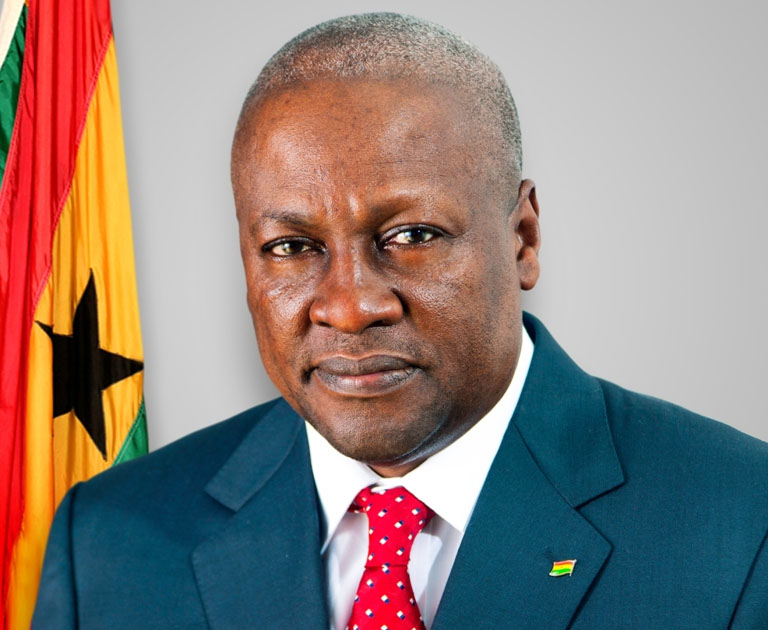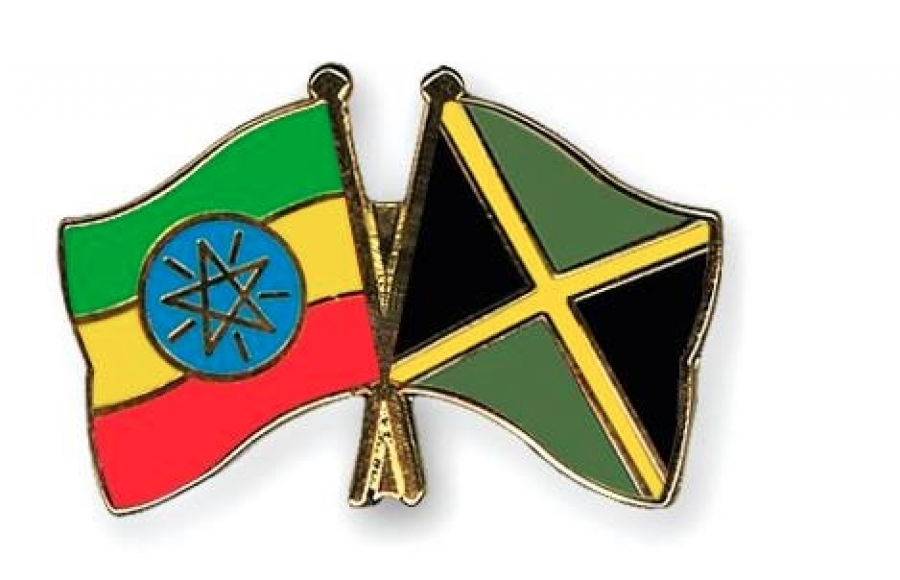
A Microsoft logo is seen on an office building in New York City in this July 28, 2015 file photo. Microsoft Corp announced more big cuts to its smartphone business on Wednesday. REUTERS/Mike Segar/Files
Microsoft Corp will buy LinkedIn Corp for $26.2 billion in its biggest-ever deal, a bold stroke by Microsoft CEO Satya Nadella in his efforts to make the venerable software company a major force in next-generation computing.
By connecting widely used software like Microsoft Word and PowerPoint with LinkedIn’s network of 433 million professionals, the combination could enable Microsoft to add a suite of sales, marketing and recruiting services to its core business products and potentially challenge cloud software rivals such as Salesforce.com Inc..
“LinkedIn and Microsoft really share a mission” of helping people work more efficiently, said Microsoft CEO Nadella in a conference call with analysts. “There is no better way to realize that mission than to connect the world’s professionals.”
The $196-per-share price tag represented a premium of almost 50 percent over LinkedIn’s stock market value as of Friday, but was still well below the social media company’s all-time high of $270. Analysts said the price was rich, and Microsoft’s stock closed down 2.7 percent at $50.14.
Still, there was cautious optimism that this could be one of the relatively few tech mega-mergers that works out well. “It’s a massive growth play for Microsoft,” said Forrester analyst Ted Schadler.
The deal may also help spur further mergers and acquisitions in the tech sector, where a broad correction is bringing down the prices of public and private companies even as a handful of major players sit on large cash piles.
For LinkedIn, founded in 2002 and launched the following year by Reid Hoffman, one of Silicon Valley’s most-visible investors and entrepreneurs, the sale marks the end of a classic startup run: funding from top-tier venture capitalists, a long period of building the company and developing a revenue base, then a big initial public offering, followed by a roller-coaster stock price and finally an acquisition.
The company makes most of its $3 billion in annual revenue from job hunters and recruiters who pay a monthly fee to post resumes and connect with people on what’s often known as the social network for business.
The company’s growth has slowed recently and investors have become far more cautious on the high valuations of many tech companies – both of which likely figured into LinkedIn’s decision to sell, analysts said.
For Microsoft, the LinkedIn deal is a chance to reverse a terrible track record with acquisitions, including paying $9.4 billion for phone maker Nokia in 2014 and $6.3 billion for ad business aQuantive in 2007. In 2012, it wrote down its aQuantive acquisition by $6.2 billion, and its cumulative writedowns for Nokia total $8.55 billion.
It also paid $1.2 billion for business network Yammer in 2012 and $8.5 billion for video-calling tool Skype in 2011.
The LinkedIn acquisition could help Microsoft play to its strengths in analytics, machine learning and artificial intelligence, Nadella said on the investor call. LinkedIn and Microsoft both have enormous amount of data about their customers that can potentially be mined to offer automated suggestions and other features that make business processes quicker and simpler.
Microsoft noted that the deal brings in a big new customer base: after adding in LinkedIn, the total potential market size of Microsoft’s productivity and business-process segment sits at $315 billion, up from $200 billion without LinkedIn.
Microsoft Chief Financial Officer Amy Hood said the deal would be financed mainly with debt, a way for the cash-rich company to reduce its tax bill. The company has $105 billion in cash and other liquid assets. Moody’s said it was reviewing Microsoft’s rare AAA debt rating for a possible downgrade.
LinkedIn CEO Jeff Weiner will remain with the company, which will be operated as a separate unit and retain its name.
Nadella has been trying to reinvigorate Microsoft since taking over the lumbering giant two years ago, and has helped build more credibility around the company’s efforts in areas such as cloud-based services. When he took the top job in February 2014, the company’s share price was $34.20; early Monday afternoon, it was trading around $50.
With LinkedIn, Nadella is solidifying Microsoft’s focus on the business market, where it has retained a much stronger position than it has in the smartphone-centric consumer technology business.
In touting the synergies of the deal, Nadella gave an example of a customer walking into a meeting scheduled on a Microsoft Outlook calendar integrated with LinkedIn. That person might receive notification that one of the people in the meeting went to college with a colleague, enabling another level of connection.
“The future of productivity is around people, identity and data and the relationships between the them,” said Matt McIlwain, a portfolio manager at Madrona Ventures.
“Microsoft is buying LinkedIn for the opportunity to leverage these capabilities and combine them with Microsoft’s strong but complementary assets in those three areas.”
The strategy in many ways is similar to that of Salesforce.com, whose CEO, Marc Benioff, just last month told investors he believed artificial intelligence and machine learning would drive growth at his company.
Salesforce.com had once been considered a possible Microsoft acquisition target. Microsoft has its own salesforce automation product, called Dynamics, and integration with LinkedIn could help it become a much more formidable competitor in that market.
Despite Microsoft’s weak track record in M&A, the one prior major deal on Nadella’s watch – the $2.5 billion purchase of video game maker Minecraft in 2014 – is generally considered a success, complementing Microsoft’s work on augmented-reality projects such as the HoloLens headset.
Weiner of LinkedIn said on a call with Reuters that he met Nadella two years ago at the Microsoft CEO Summit – a meeting of top executives at the software company’s campus near Seattle – and started serious talks about an acquisition in February. That was shortly after LinkedIn’s stock fell by 40 percent following a weak earnings report.
Weiner added LinkedIn would remain its own entity in the way that YouTube is relatively independent from parent Alphabet Inc, or Instagram from parent Facebook Inc. That could ease concerns that users might have about Microsoft being in control of their professional information – though the kind of integration Nadella cited suggests that LinkedIn might not be its own entity forever.
Monday’s deal raised investors’ hopes that another social media company, Twitter Inc, could be the next acquisition target, sending that company’s shares up almost 4 percent.
The Microsoft-LinkedIn deal, which won the unanimous support of both boards, is expected to close this year, the companies said.
After the deal, which will require approval from regulators in the United States, the European Union, Canada and Brazil, LinkedIn will become part of Microsoft’s productivity and business processes unit, the companies said. That unit generated $6.52 billion of Microsoft’s $20.53 billion in revenue last quarter.
Microsoft’s financial adviser was Morgan Stanley and LinkedIn’s financial adviser was Allen & Company LLC and Qatalyst Partners, founded by Silicon Valley dealmaker Frank Quattrone.
Microsoft’s legal adviser was Simpson Thacher & Bartlett LLP and Wilson Sonsini Goodrich & Rosati and Professional Corp advised LinkedIn.
By Reuters


